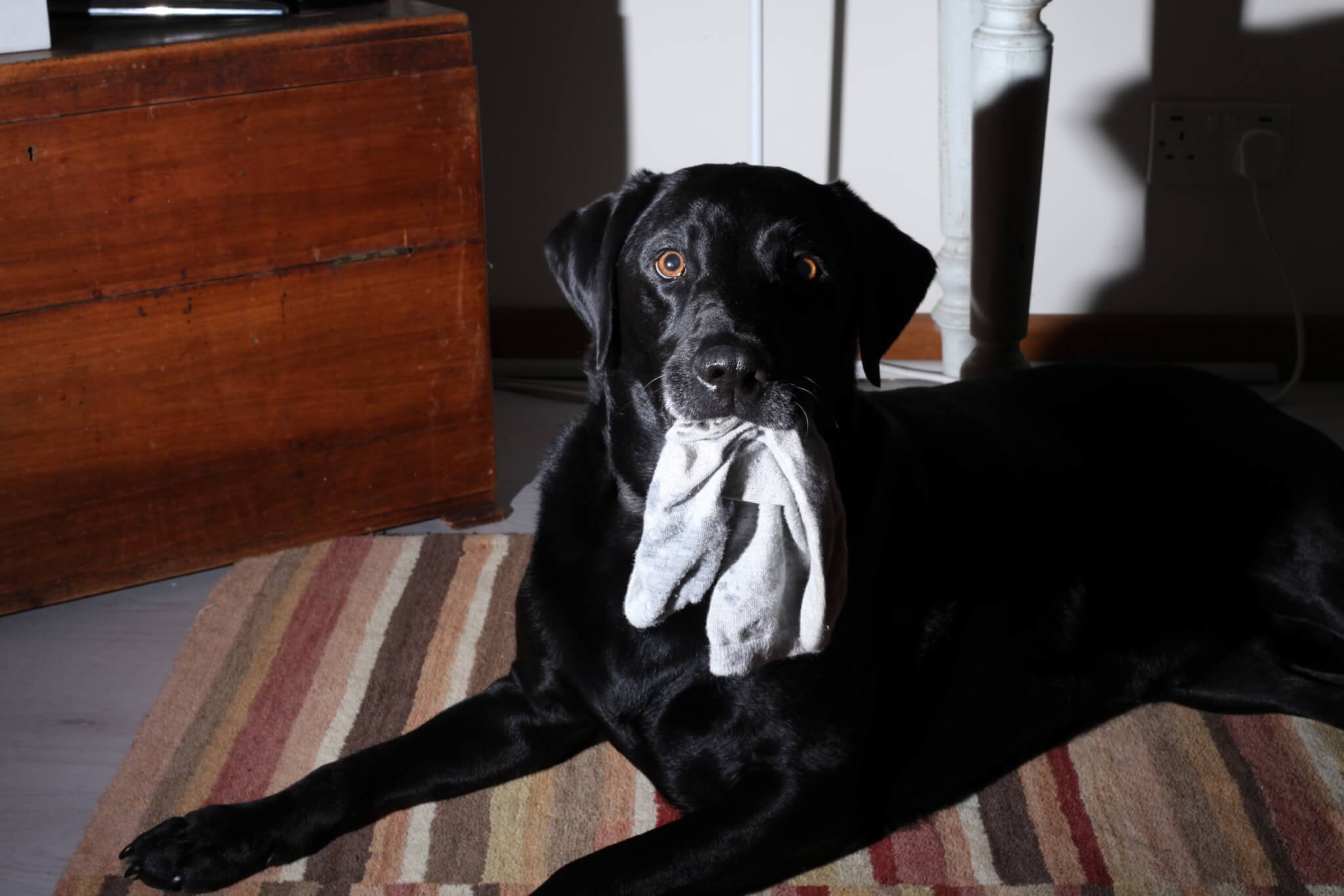
HELSINKI, Finland — Abnormal repetitive behaviors in dogs, such as tail chasing, are more common among first-time owners, according to new research. Other behaviors such as biting and pacing are also frequent among dogs in households with a lot of family members, say scientists.
The signs can indicate that they are not getting enough exercise or attention leading to stressful behaviors.
The study looked at 4,436 Finnish dogs from 22 different breeds. Researchers from the University of Helsinki concluded that out of the 1,315 dogs (30 percent) that engaged in repetitive behaviors, 58 percent were from a combination of a dog’s home environment and lifestyle.
“The origin of repetitive behavior is complex, contributed by both environmental and genetic factors,” the authors write in their paper, published in the journal Scientific Reports. “As abnormal repetitive behavior can considerably worsen the well-being of dogs and impair the dog-owner relationship, a better understanding of the environmental, lifestyle, and molecular factors affecting canine repetitive behavior can benefit both dogs and humans.”
Furthermore, repetitive behaviors were 58 percent more likely among dogs where the dog is the owner’s first, compared to those who owned dogs previously. Findings also reveal that dogs living with one person were 33 percent less likely to engage in the behavior than those that lived with a family of three or more.
In addition dogs living without another dog were 64 percent more likely to engage in such antics than those that did. Less that one hour of exercise daily are also a driver of repetitive behaviors and were 53 percent more common in less active dogs than those exercising for between one and two hours per day.
German Shepherds, Chinese Cresteds and Pembroke Welsh Corgis are the breeds most associated with repetitive behaviors. Smooth Collies, Miniature Schnauzers and Lagotto Romagnolos are breeds less likely to engage in them. Younger dogs under the age of two and older dogs over the age of eight are also more prone to acting out.
It was also more common among dogs that were reported by their owners to be more hyperactive, aggressive and more easily distracted.
Until now, research has focussed on how abnormal behaviors in dogs can impair relationships between dogs and owners and worsen the pups’ overall wellbeing. Despite prior research focusing on how relationships between dogs and owners worsen as a result of abnormal behaviors, the factors associated with the antics have not been explored.
The study, which analyzed the dogs between February 2015 and September 2018, required owners to describe their pets’ movements. That includes everything from tail chasing, snapping at their reflection or shadow, surface licking, pacing, staring, spending time near their water bowl and self-biting.
The findings suggest that complex and associated factors, ranging from environmental, lifestyle and genetic factors, are the key influences in a dog’s likelihood to engage in abnormal behaviors.
The authors propose that understanding these factors could help improve dog welfare. “Identifying associated risk factors of repetitive behavior could help prevent the welfare and management problems related to these traits and develop a strategy for robust genetic studies with more susceptible breeds,” they write.
Report by South West News Service writer Maria Collinge
"behavior" - Google News
June 13, 2022 at 12:04AM
https://ift.tt/1yEqleG
Tail-chasing, strange behaviors in dogs more likely for first-time owners, big families - Study Finds
"behavior" - Google News
https://ift.tt/qgr8sWe
Bagikan Berita Ini














0 Response to "Tail-chasing, strange behaviors in dogs more likely for first-time owners, big families - Study Finds"
Post a Comment